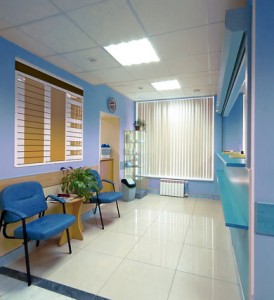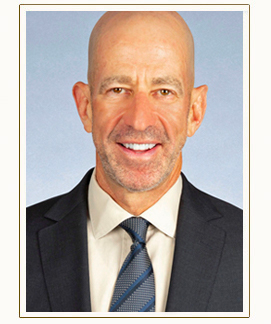Emergency rooms are designed for fast treatment of serious or life-threatening conditions. Elderly patients suffering from chronic illnesses may not always be able to convey important medical information to treating professionals. This is particularly true of those suffering from Alzheimer’s disease or dementia. Additionally, elderly patients may not be able to properly communicate information about their prescribed medications. These factors mean that quick treatment is not always the most effective treatment.
 Patients coming to hospital emergency rooms receive treatment and are sent home with detailed instructions about arranging their own follow-up care. This approach is grounded in the efficient use of limited resources. For many elderly patients, this approach may not be ideal because more thorough evaluation is necessary.
Patients coming to hospital emergency rooms receive treatment and are sent home with detailed instructions about arranging their own follow-up care. This approach is grounded in the efficient use of limited resources. For many elderly patients, this approach may not be ideal because more thorough evaluation is necessary.
Specialists in geriatric medicine and emergency room care have taken steps to address the problem. Recently, the Society for Academic Emergency Medicine (SAEM) published a set of guidelines to help emergency departments provide better care for elderly patients.
The purpose is to “provide a standardized set of guidelines that can effectively improve the care of the geriatric population and which is feasible to implement in the ED. These guidelines create a template for staffing, equipment, education, policies and procedures, follow-up care, and performance improvement measures.” (Society for Academic Emergency Medicine, 2014)
The guidelines include better training for hospital staff to recognize certain factors that play a role in providing care to the elderly. For instance, older patients may need more assistance getting prescriptions filled, and may need for transportation to be arranged for follow-up medical visits. The guidelines also recommend sound-absorbing materials and non-slip flooring in emergency rooms to reduce noise and prevent accidents.
Recommended changes also include printing discharge instructions in a large font size, and making sure that emergency rooms communicate important information to the patient’s family and any outpatient caregivers, including nursing homes. Emergency departments should also develop relationships with providers of resources that patients can use for follow-up care regarding mobility, safety assessments, prescription assistance and education, and home health care assistance. The guidelines stress that much depends on educating hospital staff about the needs of elderly patients.
Similar changes have been made in regard to pediatric and cardiac emergency care, but changes to help the elderly have not come as quickly. Nevertheless, progress is being made. Today over 50 medical centers have made such improvements, as opposed to ten years ago, when there were no such features.
Society for Academic Emergency Medicine. (2014). Geriatric Emergency Department Guidelines. Retrieved from saem.org: http://www.saem.org/education/geriatric-ed-guidelines






